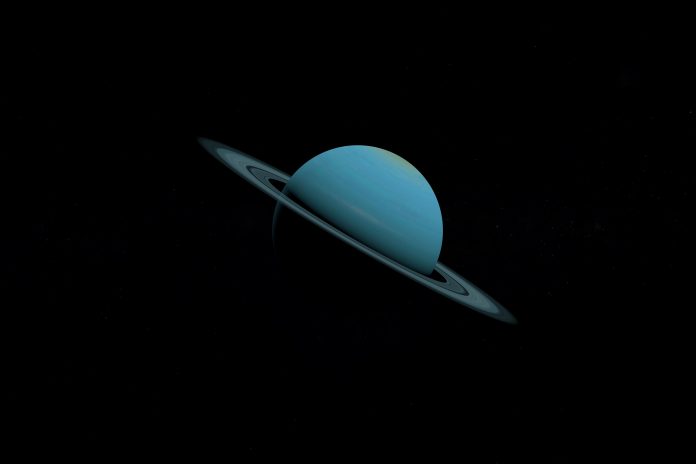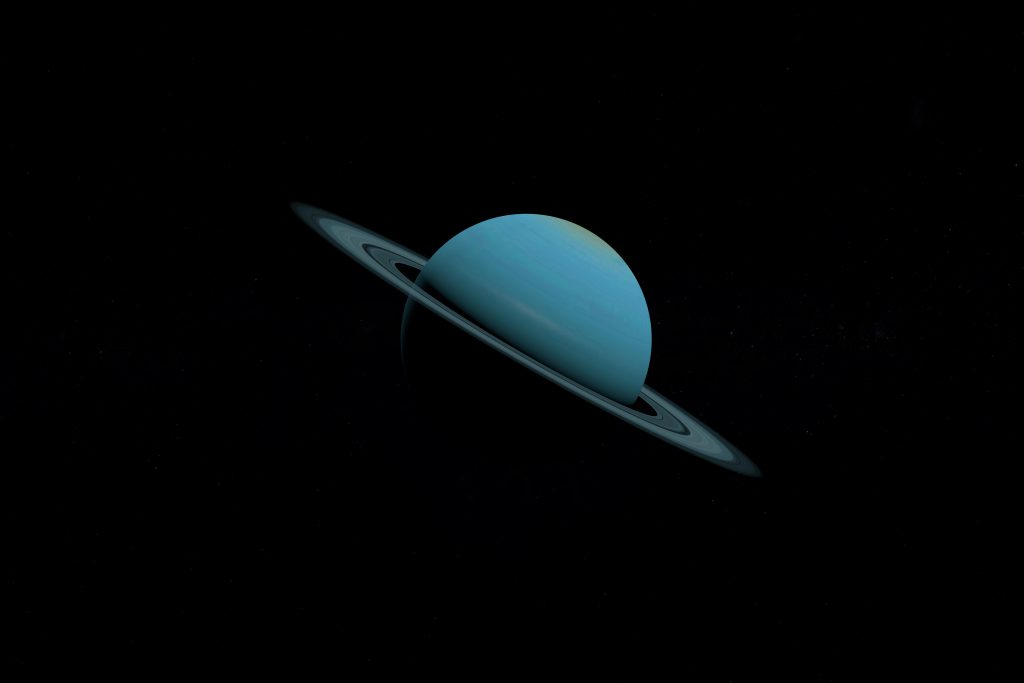
“No other planet in the solar system has as many inner small moons as Uranus,” said Matthew Tiscareno of the SETI Institute. That tantalizing statement has gained further significance after astronomers with NASA’s James Webb Space Telescope (JWST) discovered a previously unknown satellite in the ice giant’s orbit. The discovery not only increases the count of Uranus’ moons to 29 but also adds to the enigma surrounding its intricate ring–moon system.
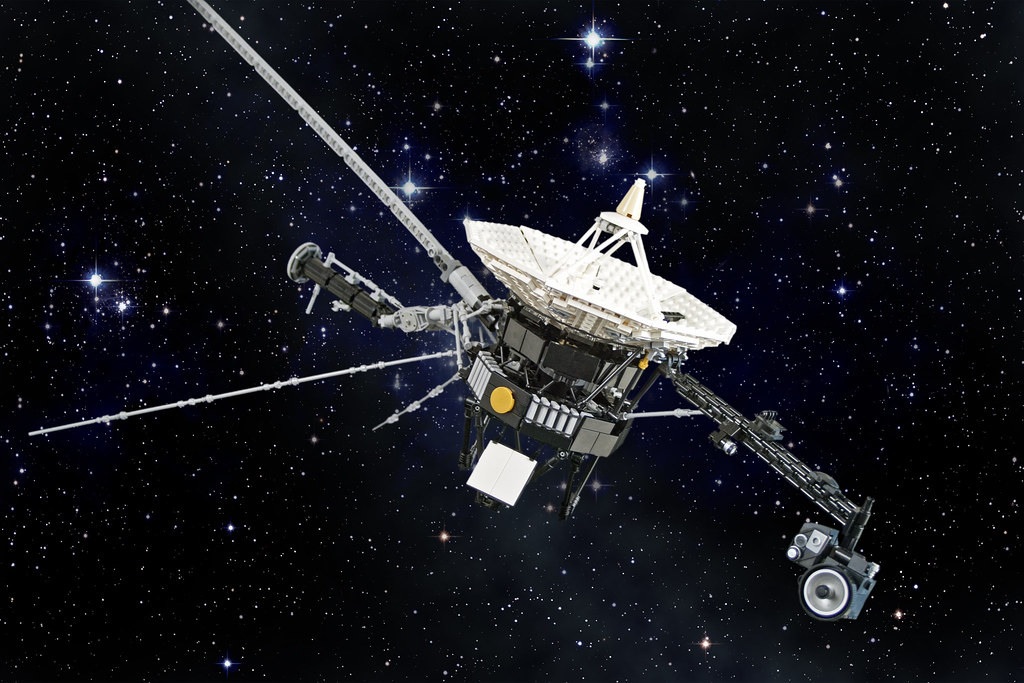
The discovery, made on February 2, 2025, is the latest example of how modern instruments are rewriting the outer solar system’s story. Nearly four decades after Voyager 2’s flyby offered humanity its first close-up view of Uranus, Webb’s infrared eyes are revealing details that spacecraft and telescopes of the past simply could not detect. This small moon, carved six miles across, could contain the secrets to the planet’s violent gravity past and the elegant gravity dance of its rings. Below are seven important points from this incredible discovery, each one revealing why a small object should have such a great influence on planetary science.
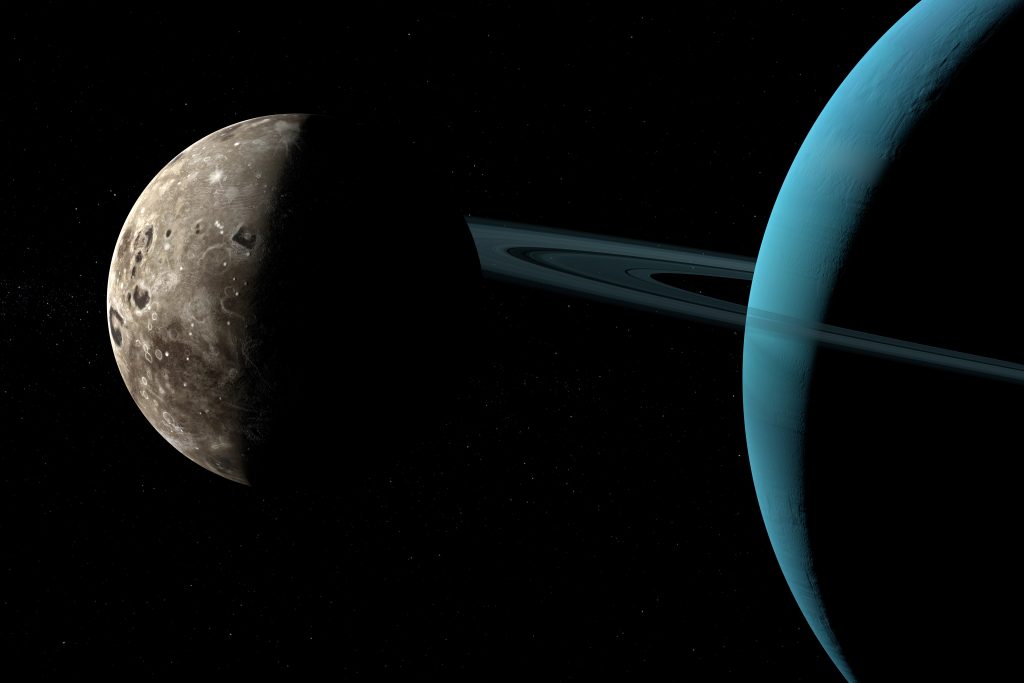
1. A Moon Hidden in Plain Sight
The new moon, temporarily known as S/2025 U1, went undetected for decades even though it was located only about 35,000 miles (56,000 kilometers) from the center of Uranus. Its orbit comfortably falls between Ophelia’s and Bianca’s orbits, two other small moons just beyond the outer ring system. With an approximate diameter of about six miles (10 kilometers), its small size and weak reflectivity rendered it undetectable to Voyager 2 in 1986 and to even the world’s best ground-based telescopes.
Maryame El Moutamid of the Southwest Research Institute described how the moon was detected in a series of ten 40-minute long-exposure images captured by Webb’s Near-Infrared Camera. The camera’s high resolution and infrared sensitivity enabled it to isolate the faint object from the glare of Uranus’ rings an observing achievement out of reach for previous missions.
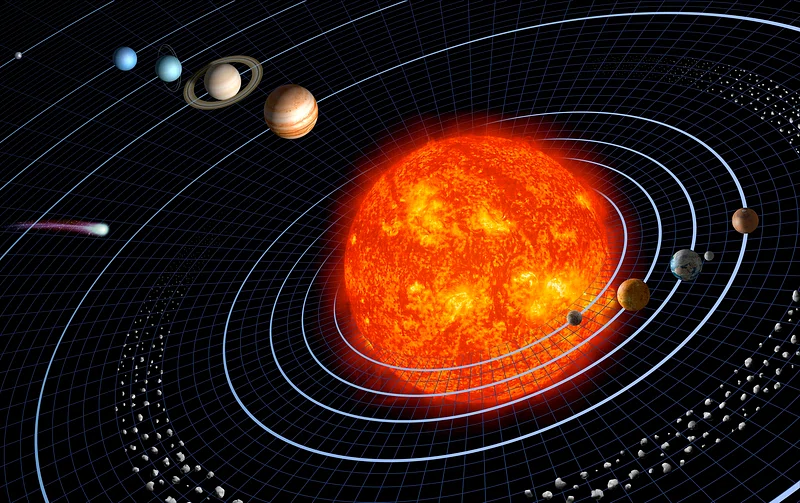
2. Enlarging Uranus’ Satellite Family
With this addition, Uranus’ 29 known moons make it unique among the outer planets for its complement of minor inner satellites. Fourteen, including S/2025 U1, are inner moons that orbit closer to the planet than are its five large moons Miranda, Ariel, Umbriel, Titania, and Oberon. All have Shakespearean and Alexander Pope names, following a pattern that will continue when the International Astronomical Union sanctions a full name for the newcomer.
The new find comes soon after the discovery of another tiny Uranian moon, S/2023 U1, which was discovered in 2023 by Scott Sheppard with the Magellan Telescopes in Chile. The five-mile-wide moon highlighted how many small bodies could still be hiding out of sight within Uranus’ gravitational field.
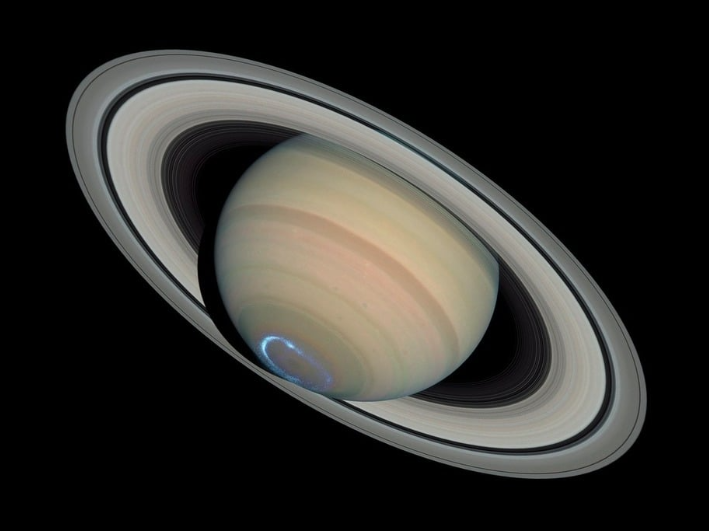
3. A Clue to a Chaotic Past
Tiscareno observed that the complex gravitational interactions among Uranus’ moons and rings suggest a violent evolutionary past. The distinction between what is a ring and what is a moon is fuzzy, meaning collisions or fragmentations could have sculpted the system into its present form. El Moutamid further pointed out that S/2025 U1’s almost circular orbit means it had probably formed close to where it is now, perhaps from debris produced by an old impact.
It is even possible that the moon and parts of the ring system share a common origin, fragments of a once-larger body that shattered long ago. Studying its orbit and composition could help determine whether gravitational shepherding or catastrophic events have played the dominant role in sculpting Uranus’ rings.
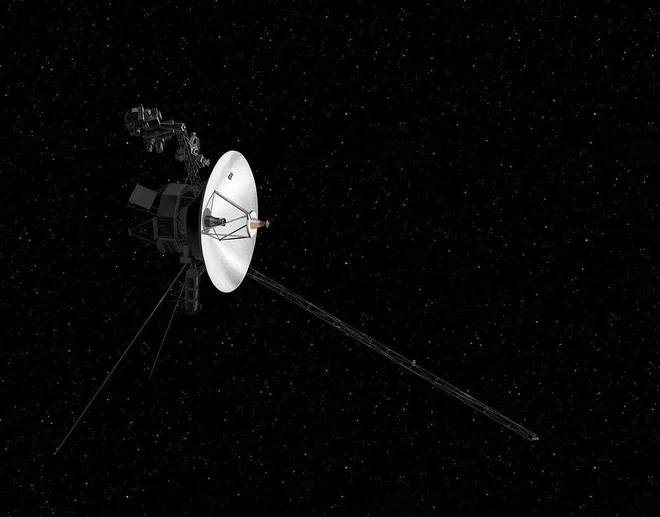
4. Why Webb Could See What Voyager Couldn’t
Voyager 2’s cameras, although state-of-the-art in 1986, weren’t sensitive enough to see such a tiny, dim body so near the planet’s luminous rings. Webb’s Near-Infrared Camera, on the other hand, is able to observe light the human eye can’t, cutting through the glare and exposing features otherwise obscured. It has already given us a view of Uranus’ atmospheric flows and weather systems, as well as its rings and moons.
Scott Sheppard, who was not a member of the discovery team, described the find as “a very exciting” example of Webb’s capacity to image further than ever before. The role of the telescope in revealing S/2025 U1 serves to highlight the way that new technology can add to the legacy of earlier missions.
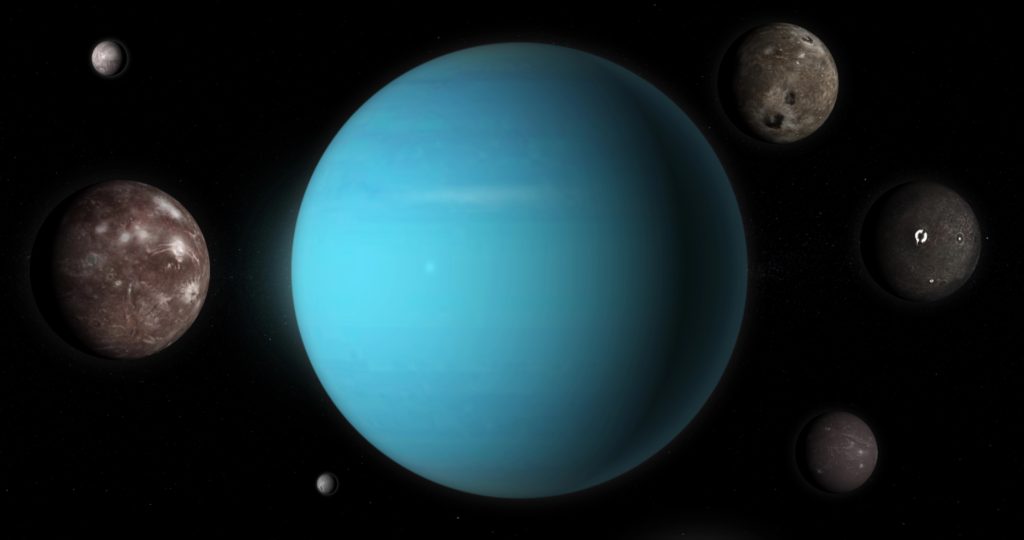
5. The Challenge of Counting Uranus’ Moons
It is difficult to know the actual number of Uranus moons because of their closeness to the planet and the blinding brightness of its disk and rings. Even for Webb, the discovery of S/2025 U1 took time-consuming careful imaging and sharp data analysis. Sheppard estimated that moons as small as a few kilometers in diameter certainly exist undetected, their weak signals buried in the planet’s glare.
Subsequent detections will be demanding in terms of needing either very long exposures with JWST or stand-alone spacecraft missions to Uranus. Each new discovery improves models of the planet’s gravitational environment and the stability of its ring–moon system.
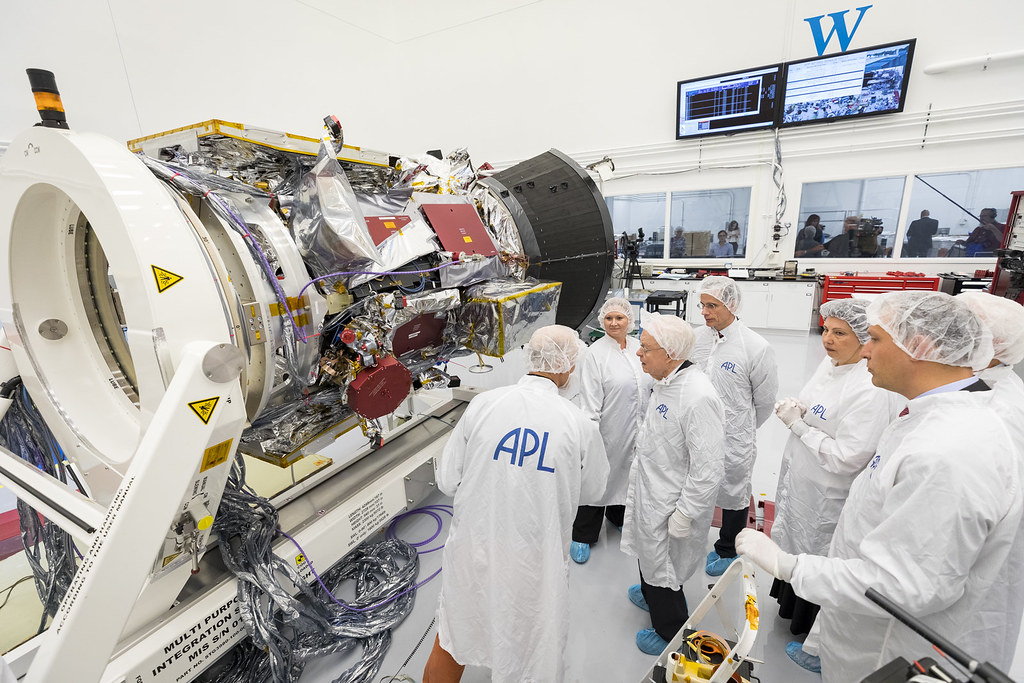
6. Preparing for Future Exploration
The find comes as planetary scientists advocate for a standalone Uranus Orbiter and Probe mission in the early 2030s, as suggested by the 2022 planetary decadal survey. Such a mission would study the planet’s atmosphere, magnetic field, and internal composition, as well as chart its moons in unprecedented resolution.
Close observations of S/2025 U1 and its neighbors may tell us if any of them have subsurface oceans or other special geology. El Moutamid and colleagues will continue to improve the moon’s orbital parameters and look for other satellites, efforts that might directly benefit mission planning.
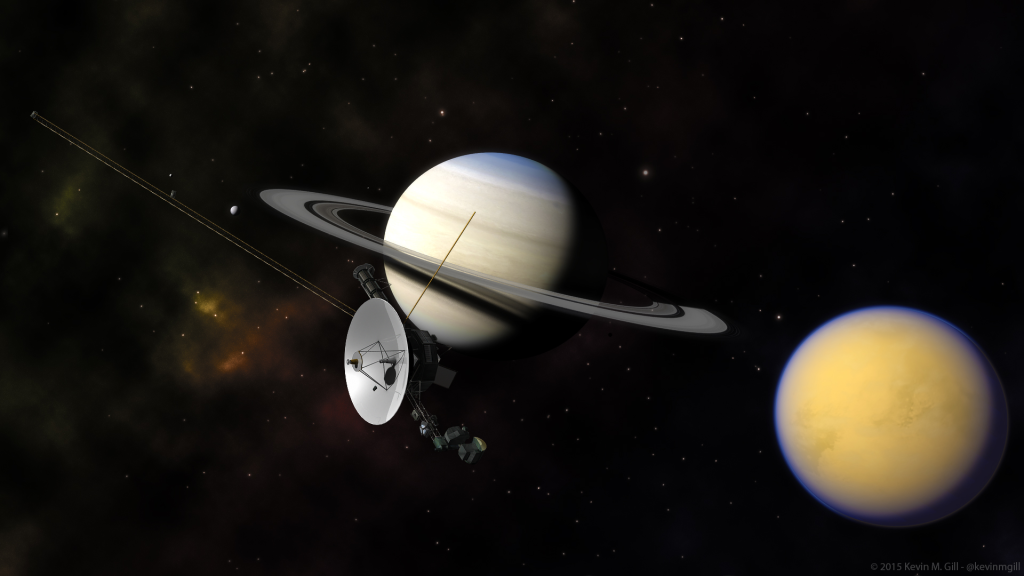
7. Expanding Voyager’s Legacy
Prior to Voyager 2’s flyby, only five Uranian moons were known, and the first two were discovered by William Herschel in 1787. Voyager added ten more, and later observations by Hubble and ground-based telescopes provided the total of 28 before Webb’s recent addition. Every new generation of technology has pulled back another layer of Uranus’ veil of mystery.
As El Moutamid wrote, “Now, almost four decades on, the James Webb Space Telescope is extending that boundary even further.” The tiny, distant S/2025 U1 reminds us that even within our own solar system, the catalog of worlds is far from exhaustive.
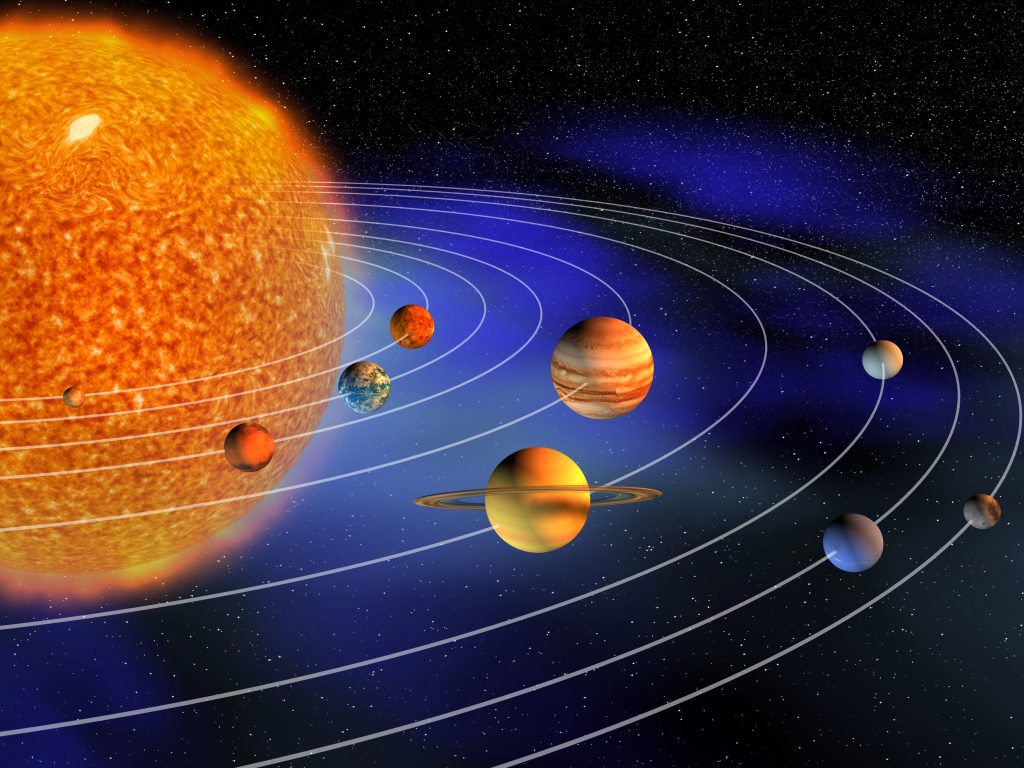
The discovery of S/2025 U1 is more than a numerical addition to the list of Uranus’ moons it is a demonstration of the strength of modern astronomy to reveal subtle, hidden aspects of familiar worlds. In unveiling a small body within a dense, complex system, Webb has shown new avenues of investigation into the history of the planet and the processes that govern ring–moon interactions. As technology improves and missions in the future target the ice giant, every find such as this will be both a milestone and a stepping stone toward a deeper exploration of our solar system’s outer regions.
